How to deal with cruciferous flea on cabbage, radishes and rapeseed?
A new summer cottage season begins, and many vegetable growers will have to fight the cruciferous flea, which can quickly destroy the harvest of radish, cabbage, turnip, radish, rapeseed and other members of the family. The bug does not hesitate to weedy "relatives" of garden crops - mustard, shepherd's bag, rape. It is because of the addiction to these plants that the flea got the definition "cruciferous".
What does a cruciferous flea look like and why is it dangerous?
Small, up to 4 mm, dark shades with a metallic sheen, a beetle of the leaf beetle family settles and breeds offspring closer to cruciferous crops. Coloring varies from black to green, bluish; there are species with yellow longitudinal stripes on the elytra. Powerful hind legs allow the beetles to jump when danger approaches. This ability is the reason the pest is called a flea.
A favorable breeding environment for cruciferous flea beetles is dry hot weather.
- Adults lay eggs on the back of the leaves.
- The larva - a light brown or yellow worm about 4 mm in length with three pairs of legs - leaves the shell and falls to the ground.
- First, the larva gnaws at the roots and stems. Cabbage leaves lose their healthy appearance, become withered, despite top dressing and regular soil moisture.
- As the insects develop, they rise to the foliage and continue to destroy the aerial part of the vegetables. Beetles eat juicy greens, leaving only streaks.
Conditions favorable for the spread of the pest and the inattention of the gardener to its appearance lead to the rapid reproduction of the insect parasitizing on cabbage, rape and other crops. The later the fight against the cruciferous flea is started, the less chance of saving the crop. Hordes of small bugs can destroy 80 to 100% of cruciferous crops.
Prevention of the appearance and spread of the pest
The cruciferous flea is active in most of Russia, with the exception of the northern regions. Preventive measures to prevent the emergence of insects should be known to all private landowners and farmers.
The following effective methods can help reduce the risk of crop damage:
- clearing the territory after the snow melts from the remnants of cabbage leaves, stems of other plants of this family - there is no need to provide a nutrient medium for overwintered pests;
- spilling the soil with boiling water a few days before planting the garden;
- the hotter the weather, the more abundant watering, irrigation of foliage (early morning or evening) - the cruciferous flea does not like moisture;
- regular cleansing of the beds from weeds, loosening the soil, laying out tomato shoots in the aisles (after pinching), branches or inflorescences of tansy to scare off bugs;
- from the invasion of pests from the outside, the young tender greens of cabbage are protected with agrotextile until the leaves get stronger: the hard leaves are no longer so attractive to the cruciferous flea.
Effective control methods
If, during regular inspections of plantings, signs of the appearance of a cruciferous flea are found, this is a signal to start the fight against the pest. Processing in the early stages of damage is a chance to quickly get rid of the insect, saving the crop.
Self-prepared products
Planting of early maturing varieties of cruciferous crops do not allow chemical treatment.Therefore, a pest found in such beds can only be fought with self-prepared means according to proven folk recipes.
| Processing method | Recipe, application features |
|---|---|
| Pollination | Wood ash, fluff, tobacco dust (1: 1: 1). Apply early in the morning before dew evaporates. |
| Tobacco dust, naphthalene (2: 1) - on the ground between plants and between rows. | |
| Tobacco dust, black or red ground pepper, crushed tansy or celandine (1: 1: 1). Stir, pollinate the plants in the early morning until the dew evaporates, sprinkle with the aisle mixture. | |
| Spraying | Finely chopped tomato tops, chopped garlic - 1 cup each. Hot water - 10 liters. Liquid soap - 0.5 cups. When the infusion has cooled down, you need to strain it and process the beds. In case of severe damage, it is advisable to rinse the cabbage leaves with this solution. |
| Water - 10 liters, vinegar - essence 2 tbsp. l. or table - 200 ml. | |
| Tomato tops - 4 kg, water - 10 liters. Boil for 30 minutes. Cool, strain, dilute with water (1: 1). | |
| Ammonium alcohol - 40 drops, water - 10 liters. | |
| Ash and boiling water are mixed in a ratio of 1: 3, insisted for 2 days, liquid soap is added - 1–2 tbsp. l. on the bucket. | |
| Tobacco crumbs - 1 glass, boiling water - 10 liters, household. soap - 50 g. After cooling, apply for processing. |
The ability of the cruciferous flea to jump from the slightest danger is used to collect pests on sticky traps. To make a device, a rectangular piece of fiberboard, plywood or plastic is smeared with an adhesive (resin, grease) or wrapped with adhesive tape from flies, and trapped along the beds. Frightened insects will stick when jumping. The procedure is more effective in dry hot weather in the morning or late afternoon, when the activity of pests is at its maximum.
Chemicals
If the early varieties of cabbage are freed from the pest by folk remedies, then the mid- and late-ripening ones are protected with insecticides. The drugs are used strictly in accordance with the instructions. Most chemicals do not make sense to apply shortly before rain or in windy conditions.
The choice of insecticides is wide enough not to use the same product for multiple treatments if necessary. The alternation of funds will allow you to achieve a more stable, reliable result.
The most popular insecticides are:
- "Alatar",
- "Aktara",
- "Decis",
- "Actellik",
- "Inta-Vir",
- "Karate",
- "Fufanon".
When using chemicals, it is necessary to observe safety precautions - use personal protective equipment.
Agrotechnical measures
Observing the rules for growing cruciferous crops, the gardener simultaneously achieves maximum results, increases the resistance of plants to diseases, pest attacks and creates conditions that are unacceptable for the spread of parasites.
The simplest but most effective measures include the following:
- Compliance with crop rotation: cruciferous plants are planted after legumes, potatoes, tomatoes, zucchini, cucumbers, onions, garlic.
- Podzimnya deep digging of beds - this contributes to the freezing of insects, larvae.
- Joint planting of cruciferous plants with flea-repellent plants: dill, onions, garlic, coriander. Marigolds, marigolds, nasturtium are planted from decorative beds with radishes or cabbage.
- Planting timing is critical. The early varieties, planted in mid to late April, will get stronger and will be inaccessible to leaf beetles in June, when cruciferous flea beetles are at their peak. Mid and late ripening plants are planted later.
Adherence to agricultural practices, a combination of various methods of protecting the crop from pests will help to cope with the threat of cruciferous crops in private gardens and in large agricultural organizations.
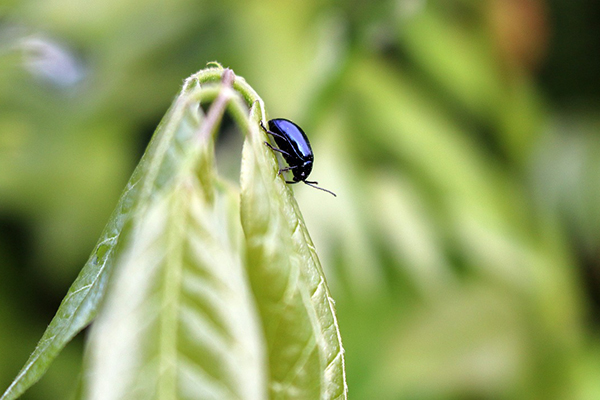
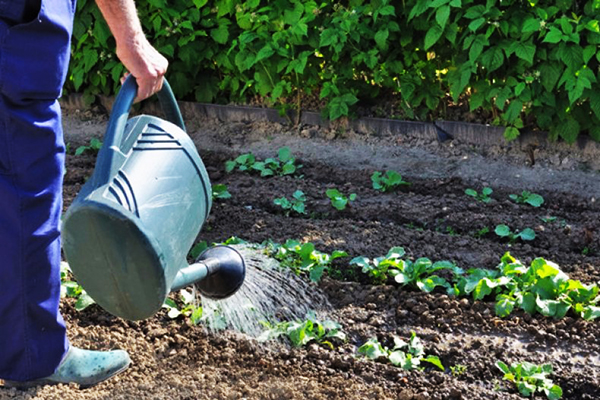
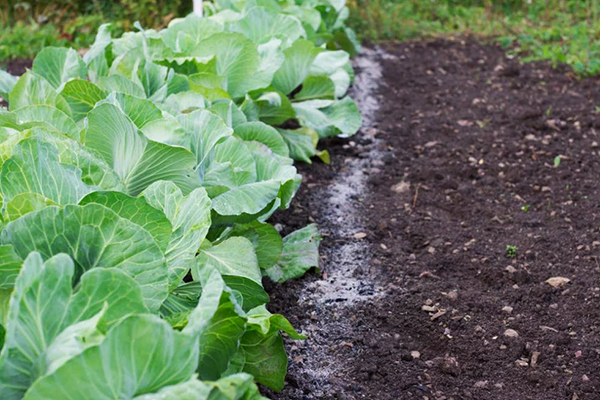
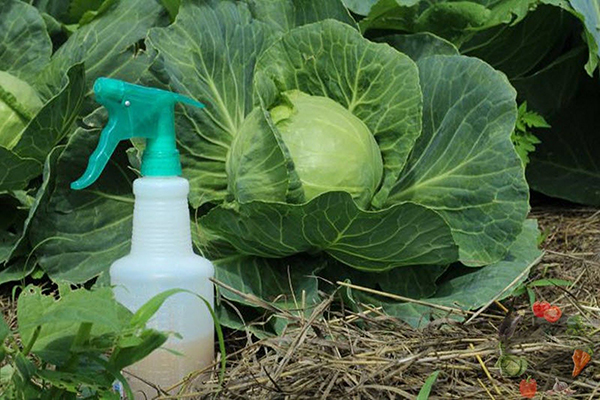
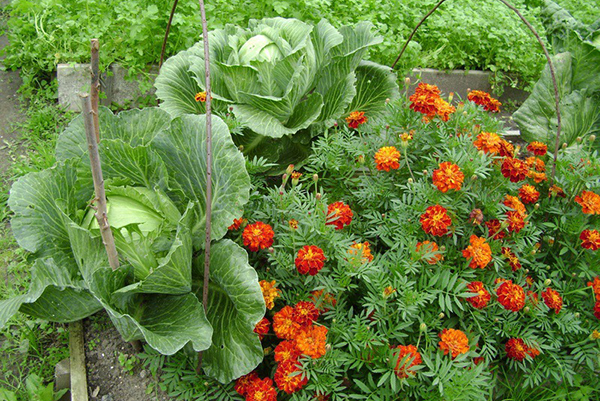
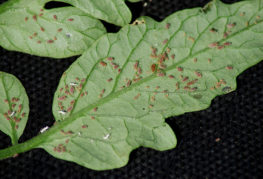
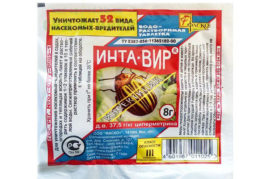
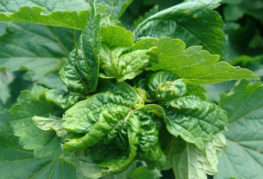
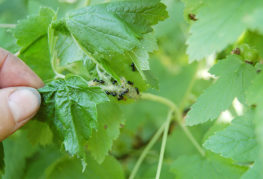
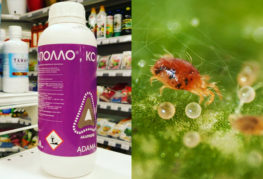

and will be published shortly.